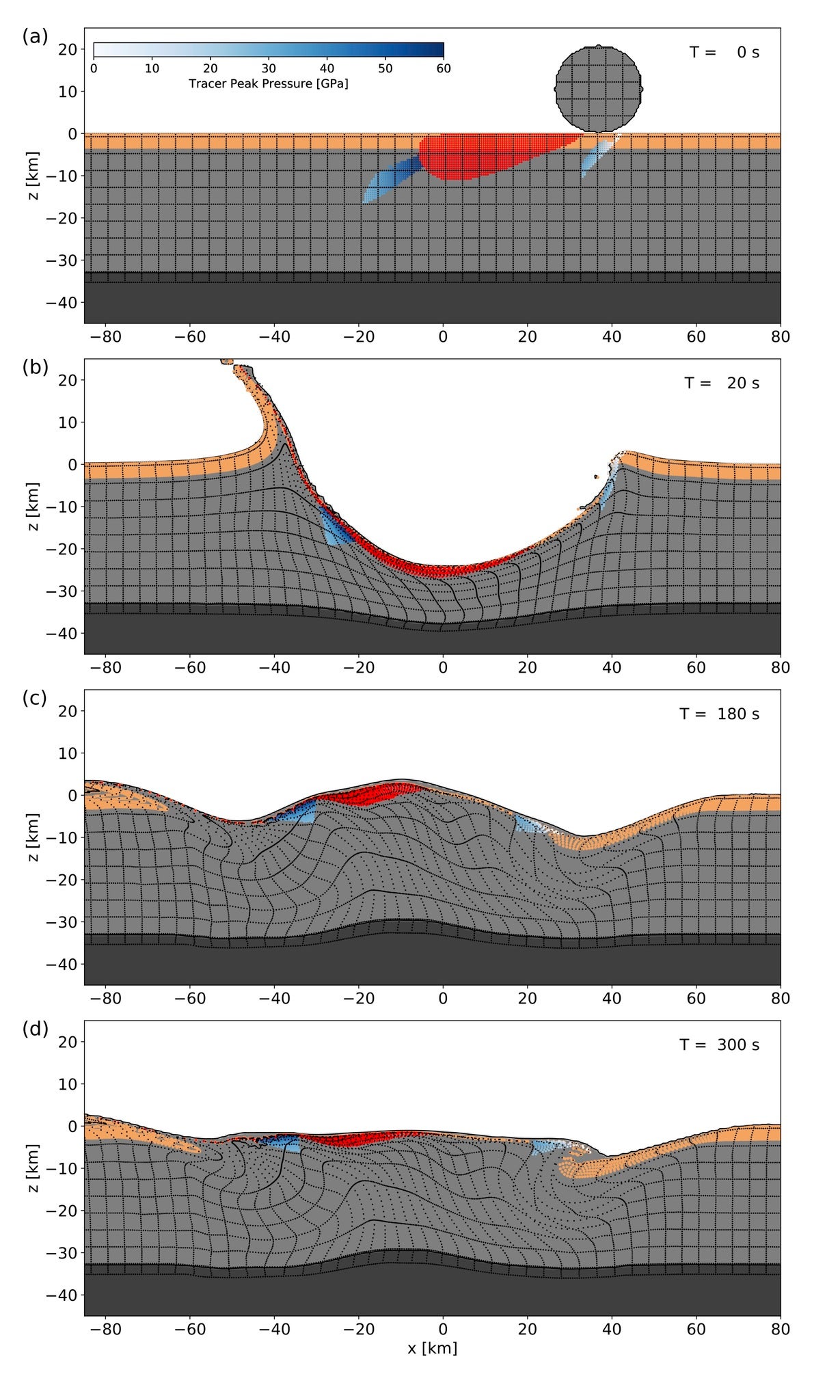The Independent's journalism is supported by our readers. When you purchase through links on our site, we may earn commission.
Asteroid that wiped out dinosaurs struck Earth at 'deadliest possible angle', new study reveals
'The worst-case scenario is exactly what happened,' researchers reveal
The asteroid that doomed the dinosaurs 66 million years ago struck Earth at the “deadliest possible angle”, according to new simulations of the apocalyptic event.
Researchers from Imperial College London revealed that the asteroid hit Earth at an angle of 60 degrees. Hitting at this exact angle maximised the amount of climate-changing gases and particles into the upper atmosphere.
The ensuing nuclear winter killed the dinosaurs and wiped out 75 per cent of all life on Earth.
“For the dinosaurs, the worst-case scenario is exactly what happened,” said Professor Gareth Collins from Imperial’s department of Earth Science and Engineering, who led the study.
“The asteroid strike unleased an incredible amount of climate-changing gases into the atmosphere, triggering a chain of events that led to the extinction of the dinosaurs. This was likely worsened by the fact that it struck at one of the deadliest possible angles.”
The researchers used a combination of numerical impact simulations and geophysical data from the impact site to reproduce the event in 3D for the first time.
“Our simulations provide compelling evidence that the asteroid struck at a steep angle, perhaps 60 degrees above the horizon, and approached its target from the north-east,” Professor Collins said.
“We know that this was among the worst-case scenarios for the lethality on impact, because it put more hazardous debris into the upper atmosphere and scattered it everywhere – the very thing that led to a nuclear winter.”

The simulation was created by feeding geophysical data from the 200km-wide Chicxulub crater in Mexico, which determined the angle and direction the asteroid hit.
Previous simulations have only provided information about the early stages of the impact and not the aftermath.
Co-author Dr Auriol Rae of the University of Freiburg said: “Despite being buried beneath nearly a kilometre of sedimentary rocks, it is remarkable that geophysical data reveals so much about the crater structure – enough to describe the direction and angle of the impact.”
The results of the study are published in the scientific journal Nature Communications.
Join our commenting forum
Join thought-provoking conversations, follow other Independent readers and see their replies
Comments
Bookmark popover
Removed from bookmarks